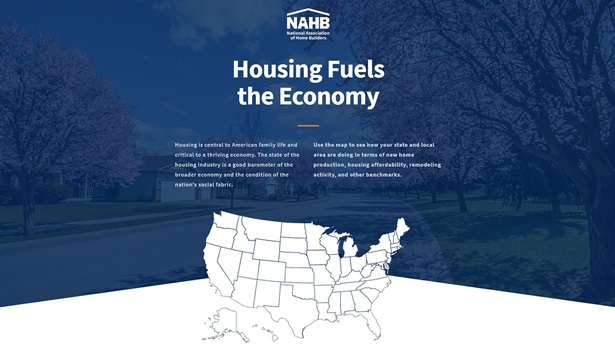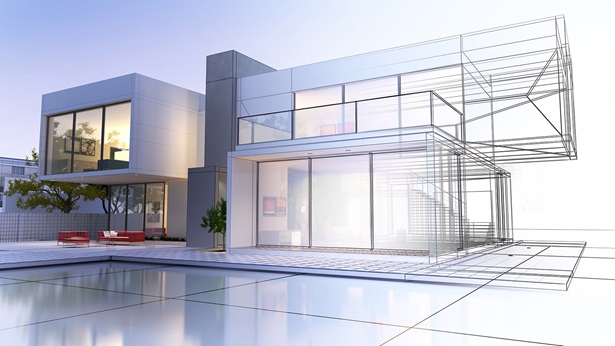Multifamily Homes: Types and Trends
From young families just starting out to empty-nesters looking to downsize, multifamily homes are an increasingly popular option for U.S. households. According to a 2019 survey conducted by the American Housing Survey and the U.S. Census Bureau, approximately 43.9 million residences, or 31.4% of housing in the U.S. today, are multifamily. These spaces include apartment buildings, condominiums, townhouses and mixed-use developments.
Types of Multifamily Homes
Apartments
What distinguishes an apartment is the method of ownership: Apartment developments are typically owned by a single entity, with each unit rented out to residents. Apartments can be some of the most affordable places to live and are a great resource of affordable housing for many, but they can also be upscale and luxurious with amenities like community pools, theatres, exercise facilities, gardens, or game rooms.
Condominiums
The ownership of a condominium is divided by each unit — condos are bought individually with buyers sharing ownership of communal spaces. Because of this, condos tend to be built to appeal to a buyer’s market. Typically, condominium communities are built with a specific lifestyle focus such as working professionals or seniors. Condominiums are the perfect choice for buyers seeking the stability and financial benefit of home ownership, but also the amenities and low-maintenance of multifamily communities.
Mixed-Use
A mixed-use development may combine homes with commercial, retail, entertainment or cultural spaces. Apartments or condominium units are built side-by-side with grocery stores, restaurants, shops, religious spaces, office buildings and, increasingly, public transit stations. Mixed-use developments offer residents the luxury of convenience, since the distance between home, work, entertainment and retail is greatly reduced.
Student Housing
Living at college isn’t what it used to be. Far from the basic dorms and off-campus units of the past, modern student housing is now often luxurious and amenity-rich. Designed to appeal to today’s more demanding students, these spaces are built using hip designs near university campuses. Most are rental units that appeal to residents who come and go with graduation; many even require all residents to be currently enrolled in school. Developments have come to include features like spas, game rooms, fitness centers and fun social events and parties for residents.
Age-Restricted
Typically limited to residents aged 55 and older, these neighborhoods most often focus on building social engagement and offering a wide variety of lifestyle amenities. Many now feature lifestyle directors, fitness classes and social clubs and are built near local universities and public transit stops. These communities are great for buyers looking to have strong social ties with people in the same stage of life, but who still want to remain active and engaged with their community.
Low-Income
According to HUD, about 12 million households now pay more than 50% of their annual incomes for housing. To help manage costs for these families and individuals, the government provides many programs to help make housing affordable, working with many multifamily developments built to serve these needs. Subsidized housing is typically indistinguishable from market-rate units with no great difference in the average construction values. These units are often the best option for low-income families and provide essential support for millions of households.
Trends in Multifamily Housing
In today’s market, multifamily homes are getting smarter, healthier and more all-inclusive. Today, residents put having a fitness center and workout classes at a premium — but it’s not just their own bodies they want to be healthy. Buyers are also looking for spaces that are good for the environment that can reduce their energy costs while also use resources responsibly.
Another trend is a new incorporation of high-tech devices. Buyers are flocking to homes where they can check their energy use with their smart phone or connect to the internet with Wi-Fi covering every spot in the building. They also want other new types of amenities like dog parks for their pets, biking and hiking trails and large communal areas to lounge outside on a sunny day or pleasant night.



